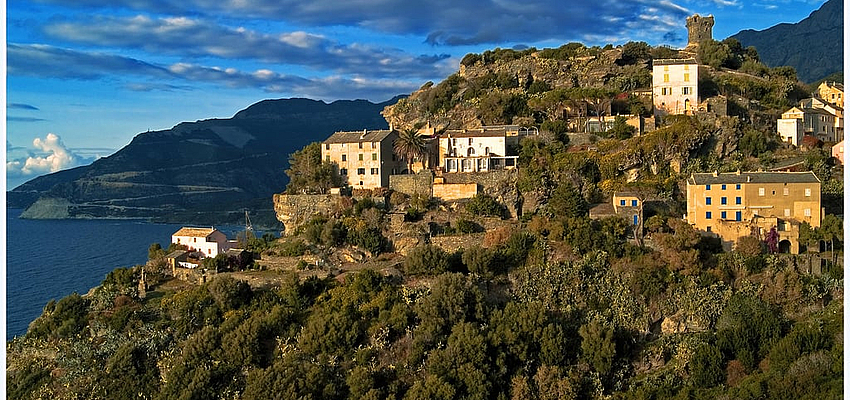


During your trip to Corsicayou'll be able to see for yourself that even if the local economy relies essentially on the tourism sector, this region still remains one of the poorest in France.
During your trip to Corsicayou should try to look beyond the vision of paradise of the Isle of Beauty to see a rather complicated economic situation behind the postcard image. With a GDP of a little over 6 billion euros, Corsica is only ranked 25th in the classification of French regions. This figure makes it one of the poorest regions in France. Even the annual GDP per inhabitant, which is approximately €23,000, is 20% lower than the rest of the country. The unemployment rate exceeds 10% and the growth rate is below 1%. It's even estimated that close to 20% of the population in Corsica live below the poverty line.

Agriculture in Corsica is very weak. It only accounts for 2% of the GDP and this continues to decrease every year. The main cultivation is fruit, such as clementines, for example, but also vines, olive trees and chestnut trees. Breeding forms the main part of agriculture, with lots of cows and sheep, in particular.
Corsica is the least industrialised region in France. Its contribution to the GDP barely exceeds 16% and it employs only 7% of the population. In spite of everything, a slight advancement has been noted in this sector, but it's still too tentative to be considered as really significant.
Ultimately, the Isle of Beauty's main asset is still the tourism sector. Indeed, this seems to support the region's economy all by itself. See for yourself, the tourism sector brings a contribution to the GDP of up to 82%. What's more, it's in full development. For example, over the last 20 years the number of tourists per year has multiplied by 4. Today, it's the region's life-saving sector.